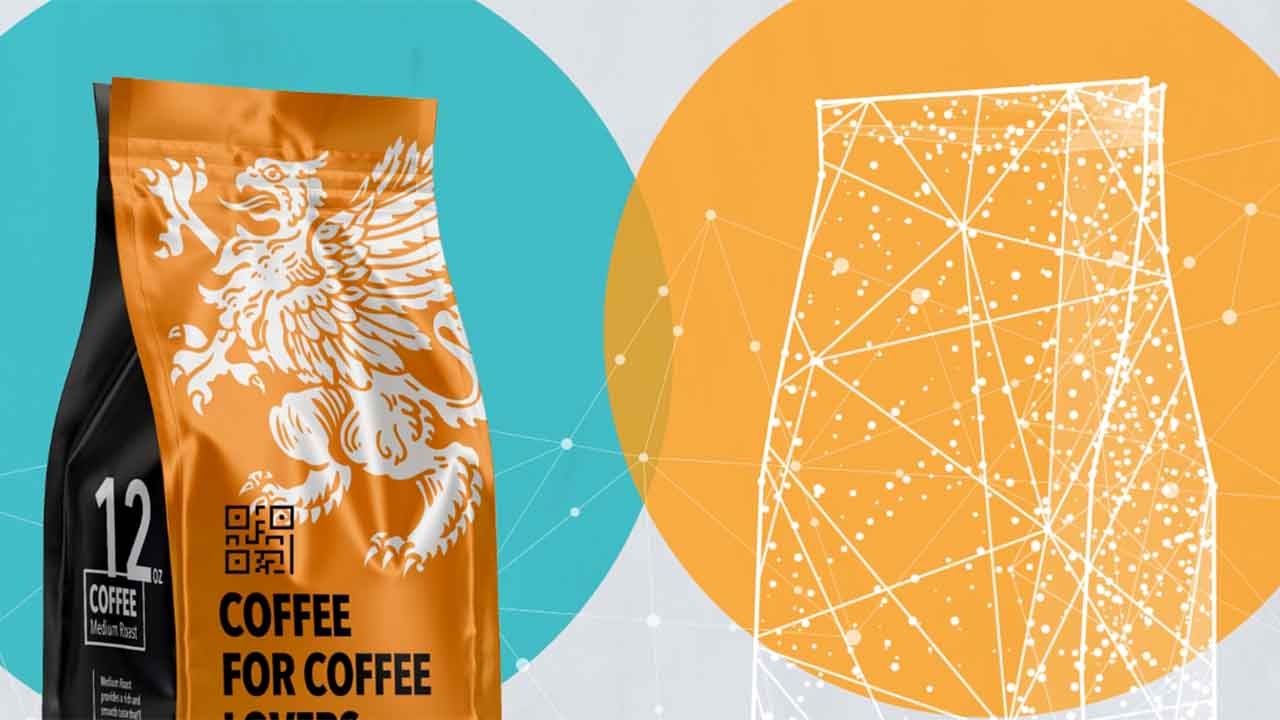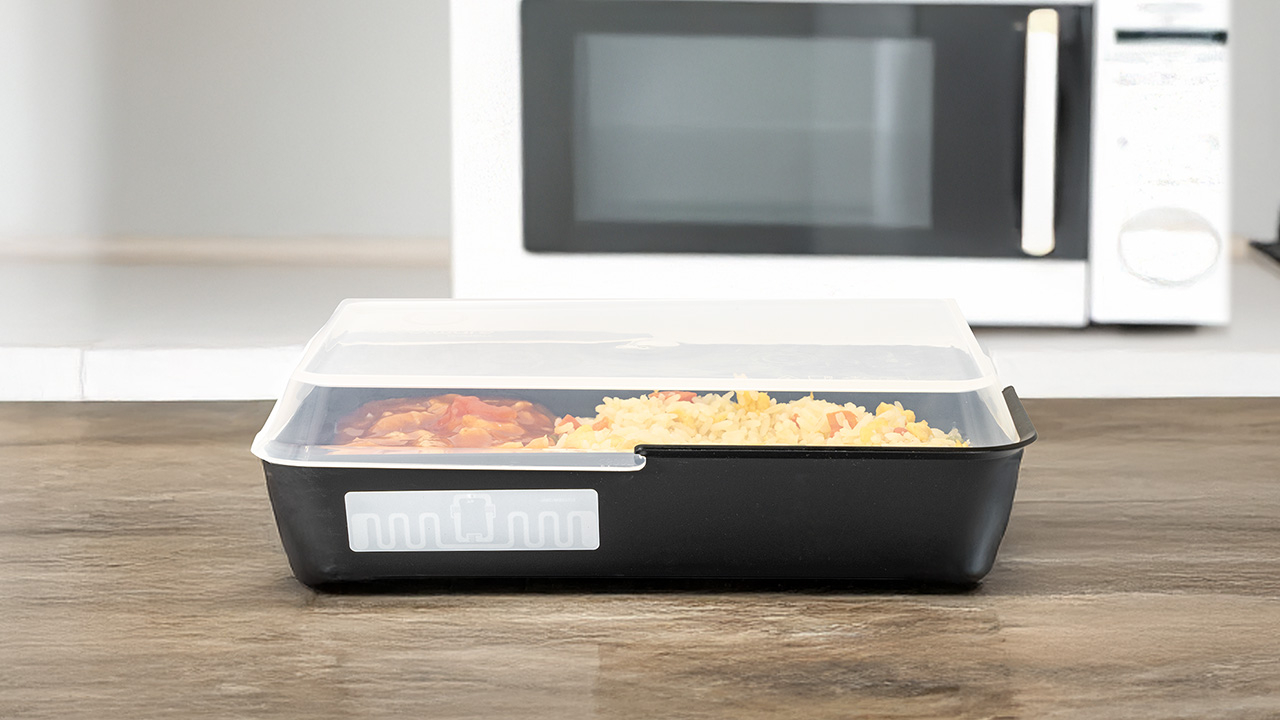Upgrading the barcode to the web: GS1 Digital Link turns five
Major brands are realizing the enormous business value of product digitization with GS1 Digital Link, writes Dominique Guinard, VP, Cloud and IoT, at Digimarc

Five years ago, the GS1 Digital Link standard was announced, promising to disrupt the consumer goods industry for the better by allowing products to be digitized at scale, and transforming how brands and consumers interact.
The standard upgraded the ubiquitous barcode used by over two million manufacturers so that every product can connect to the web, be smartphone interactive, and transact with point-of-sale systems – all with one code or tag on the product (QR code, NFC tag, digital watermark, etc.).
In short, GS1 is the global standards organization responsible for the barcodes seen on the products we use every day. GS1 barcodes are scanned about 5 billion times a day.
While the barcode – also referred to as a UPC or EAN – has provided excellent service to supply chains across industries for 50 years, the barcode has two major shortcomings. Unlike QR codes or NFC tags, barcodes are not scannable nor readable by consumers via a smartphone without the use of a special app. Before the GS1 Digital Link standard, a consumer’s mobile device
would have no idea what to do with the series of numbers contained in a barcode (known as a GTIN).
The GS1 Digital Link standard resolved this issue by turning all the information contained in the 1D barcode (and more) into a web address (a URL or Web URI). With GS1 Digital Link, this information is natively encoded in a 2D code like a QR code or an NFC tag. This is game-changing because
mobile phones, and literally every software client in the world, support URLs and know how to read them to access the content.
With GS1 Digital Link, all this information can be encoded in an on-pack QR code. Once scanned by the phone camera, the code redirects to a web experience chosen by the brand. Consumer goods brands are using the standard, combined with digital twins and the product cloud, to deliver
personalized, dynamic experiences to consumers. Brands can choose to create static redirections, or they can make them fully dynamic and linked to the context using platforms like Digimarc’s patented technology. This allows brands to deliver relevant content directly to consumers via a single standards-based code that serves multiple applications rather than individual proprietary codes for each application.
An evolving standard
Several enhancements have been added to the standard since its initial release in 2018. The standard can now compress data to make URLs smaller for use cases with
limited space.
Why does this matter? An uncompressed GS1 Digital Link looks like this: https://dlnkd.tn.gg/01/9780345418913. With GS1 Digital Link compression, the link is transformed and shortened to: https://dlnkd.tn.gg/ARHKVAdpQg.
The difference in size is six characters, which might not sound like a lot, but it is enough to allow the compressed Digital Link carrier to be printed at significantly smaller sizes while still being decoded offline.
The power of GS1 Digital Link doesn’t stop here. The standard also has the power to completely replace the 1D barcode as more POS system manufacturers and supply chain partners begin to support the standard.
Regulatory initiatives like the EU Digital Product Passport are accelerating the adoption of the standard. The EU digital passport requires many consumer products to feature a unique and accessible digital identity to help consumers make greener choices. The standard uniquely meets most of the early criteria mandated by the EU.
Pilot projects and full-scale rollouts have also been initiated. Digimarc has partnered with MOWI, the world’s largest provider of Atlantic salmon, on the first mass-scale rollout of GS1 Digital Link on products. Digimarc technology combined with GS1 Digital Link provides MOWI’s customers
with unprecedented transparency and product traceability. A package of MOWI salmon with a GS1 Digital Link allows
consumers to scan the product in-store to learn information including, where the fish was farmed, when it was harvested, and its journey to the grocery store.
Combining simplicity with direct actionability and consumer reach, we believe that the GS1 Digital Link is a game-changing standard. And we are at an exciting inflection point in the industry. As we celebrate the fifth anniversary of GS1 Digital Link, major brands are realizing the enormous business value of product digitization with GS1 Digital Link facilitating the digitization of products at mass scale. Now is the time to act.
Stay up to date
Subscribe to the free Label News newsletter and receive the latest content every week. We'll never share your email address.

